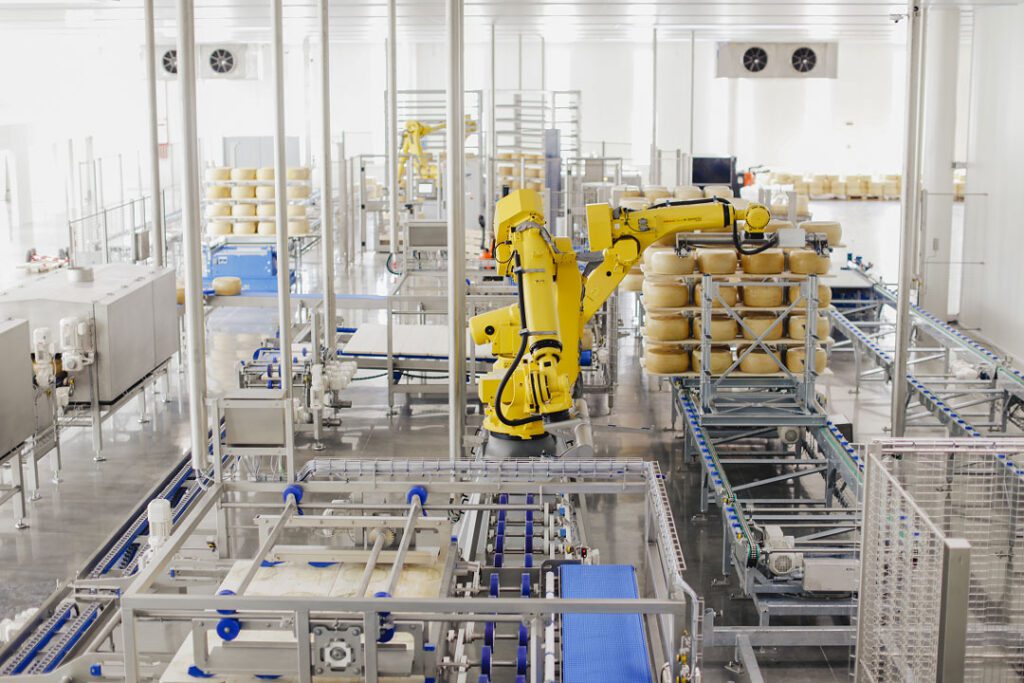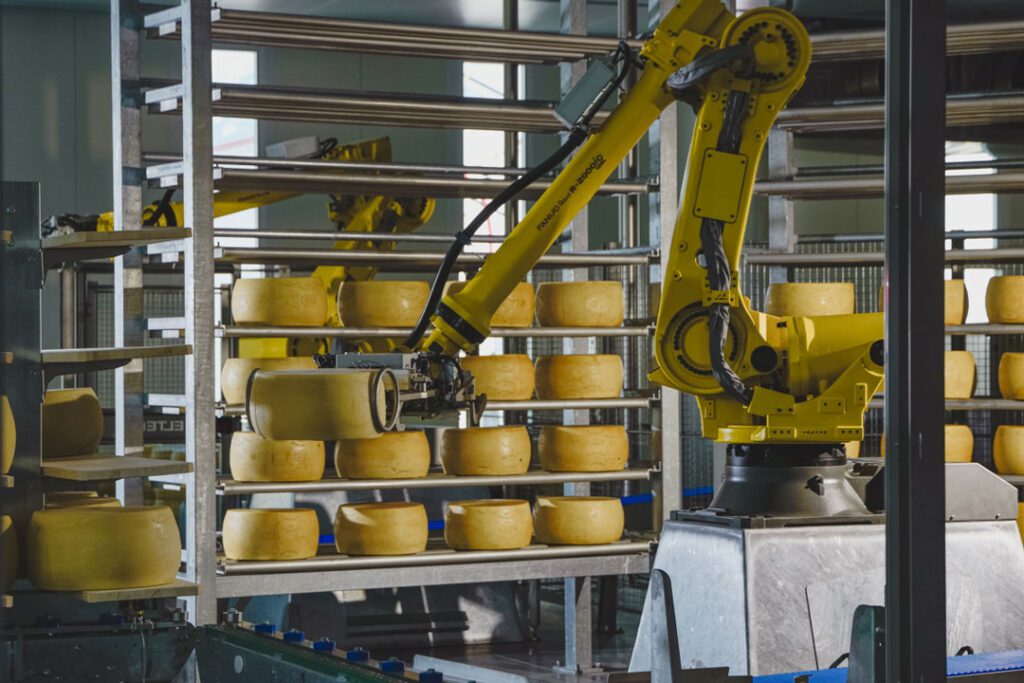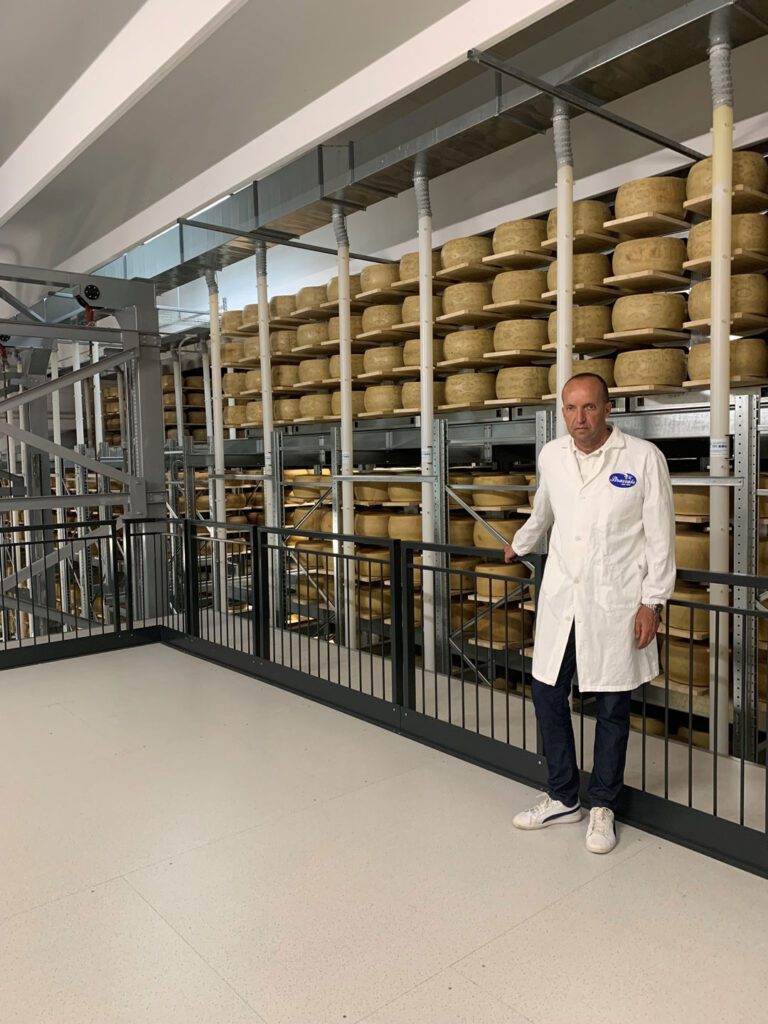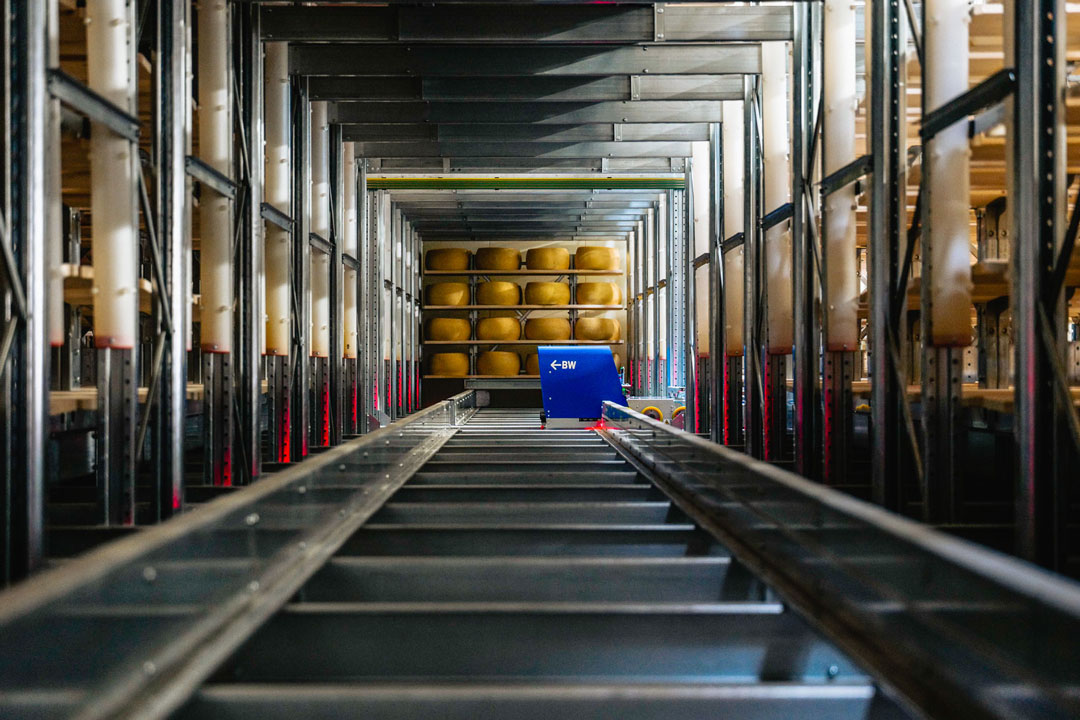Share this page


Alignment with SDGs
AUTHOR
Piercristiano Brazzale, BRAZZALE SPA • Italy
Abstract
Sustainability is doing the right things in the right place. Even before using the best technologies and optimizing processes, what is necessary is to choose where to allocate each of the processing phases to obtain more sustainable results. Following these principles, Brazzale has built the new seasoning warehouse in Sant’Agata di Cogollo del Cengio, a few kilometers from its Italian headquarters. The area guarantees the best conditions thanks to natural ventilation, which comes from the mountains through the adjacent valley. To verify the data, monitor the warehouse and study the aging phenomenon also from the aspect of environmental impact, Brazzale makes use of their collaboration of the University of Milan on their Brazzale Science Nutrition & Food Research Center. At each stage of the design and construction of the innovative robotic seasoning warehouse, the sustainability of the structure and processes guided the choices. In addition to the choice of location, there is an integrated system of shuttles and anthropomorphic robots that takes care of 250 thousand Gran Moravia wheels, which mature in over 8 thousand covered square meters.
A double revolution: space optimization thanks to the elimination of corridors, which in the traditional warehouses represented about 50% of the entire buildings, allows maximum stabilization of temperature and humidity. At the same time the reliance on shuttles and anthropomorphic robots for all loading, unloading, brushing and turning operations, guarantees optimum management of the processes and maximum respect for the welfare and safety of workers. Thanks to the photovoltaic panels on the roof and the reduction in consumption, the new structure is also totally self-sufficient from an energy point of view, in a sort of ‘perpetual motion’.
A robotic facility for 250,000 cheeses wheels
The facility consists of an air-conditioned storage depot with a volume of about 50,000 cubic meters and a pavilion housing the robotics divided into 2 units, the first for loading and unloading and the second for turning and brushing. The storage depot is equipped with shelf arranged on 4 floors on which are placed about 8,000 steel racks of 32 wheels each, resting on 8 laminated fir boards, sourced only from certified sustainable forests. The 2 processing units are equipped with 4 anthropomorphic robots that select and handle the wheels, as well as temporarily remove them from the racks to allow brushing and turning of cheese and boards. The movement from the storage to the anthropomorphic robots is handled by automated shuttles without batteries, with low power consumption, guided by photocells and powered by induction from the floor. Two shuttles, high-precision elevators, bring these automated shuttles to the desired level, which load and unload the wheels and then return to do their job.




The revolution of this system is twofold and radical
On the one hand, the elimination of the tares constituted by the aisles, which in the previous generation warehouses accounted for around 50% of the entire warehouse. This allows maximum stabilization of temperature and humidity, benefiting the natural and complex aging process and greatly reducing energy consumption and construction. On the other hand, the entrusting to the automated shuttles and anthropomorphs for all loading and unloading, brushing, and turning operations, controlled by a central computer system, guarantees optimum aging thanks to accurate precision.
In addition to the handling system, the facility also integrates the ventilation system. Excellent maturing is guaranteed thanks to 140 km of ducting in the ventilation and air conditioning system for temperature and humidity control. The warehouse is also environmentally friendly: photovoltaic panels, installed on the roof, guarantee the plant’s total energy self-sufficiency.
The huge energy savings, optimisation of space, improved working conditions and more uniform microclimate in which the ripening cheese rests are intuitive.
The automation of the seasoning warehouse allows better performances and greater production efficiency. The robotic operating cycle helps to reduce energy costs, improve the quality of life of employees, as well as improve the efficiency of all activities related to product maturation.
Piercristiano Brazzale Tweet
The facility improves efficiency and energy use
The creation of a fully automated system has made it possible to:
1. Optimize space and time.
Reduction of 50% of the warehouse area thanks to the elimination of tares in the corridors. This solution, with high storage intensity, allows for the optimization of flows and dimensions, creating a warehouse of 250,000 units (equal to 10,000 tons of product) in a factory that, with traditional systems, would have allowed the storage of about 125,000 units.
2. Improve working conditions.
The phases of brushing, turning and handling of the wheels (repetitive actions and heavy loads) are carried out by 4 anthropomorphic robots that can eliminate the hazards and risks for the operators caused by the manual handling that takes place in traditional warehouses. Furthermore, the implementation of automatic systems allows to redirect operators towards other activities of greater added value.
3. Total energy self-sufficiency
obtained from 7,000 square meters of photovoltaic panels on the roof of the warehouse (total system power: 747 Kw) (cover image of the IDF Dairy Sustainability Outlook n 5).
4. Using Smart Technologies allows:
- Total control of the conditions of each single operation. All stages are controlled by a central computer system which identifies and tracks the cheese as soon as they enters the warehouse. In addition, an X-ray scanner (low intensity) continuously analyzes the wheels of cheese and classifies them by quality.
- Guarantee an optimal maturation of the cheese by maintaining the ideal conditions of hygrometry and temperature. Thanks to optimal ventilation managed by 140 km of capillary ducts and the absence of tares in the corridors, the natural ripening process is promoted and energy consumption is reduced.
- Continuous monitoring of the weight loss of the cheese through a computerized system designed to record the information at different time scales to allow the adoption of optimal storage conditions and minimizing the physiological loss of the products.
5. Logistic efficiency.
Thanks to centralization and optimal localization, about 200,000 km/year of road trips are saved.
Studies are underway on the maturation process, concerning the positioning of the forms, the location of the racks, the turning/brushing times and the air exchange times, to evaluate whether they produce influences on the enzymatic mechanisms of proteolysis and lipolysis, which if guided, they allow to produce a sensory effect characterized by good repeatability.
The potential to be applied to the wider industry
The automation system used can be applied to a wide range of dairy products and at every single phase of the process (processing, production, packaging) guaranteeing process improvement and bringing benefits in handling management, product quality and traceability, waste reduction and respect for operator safety.


It contributes to increasing engagement with dairy sector
The automation of the cheese ripening warehouse brings (through the use of automated robots, technologically advanced equipment and software) real benefits to the dairy industry in terms of improved performance, working conditions and utilisation of available space, and contribute to a significant reduction in energy consumption. All this with a focus on sustainability and in line with the goals of the SDG sustainable development programme.






